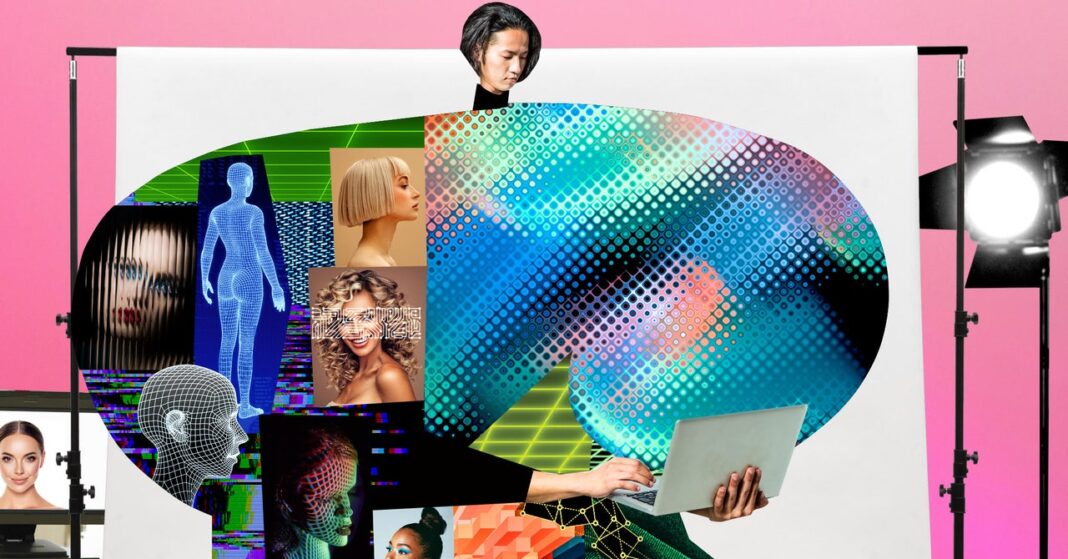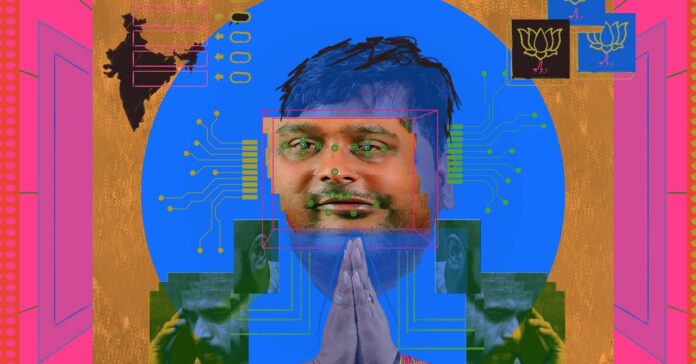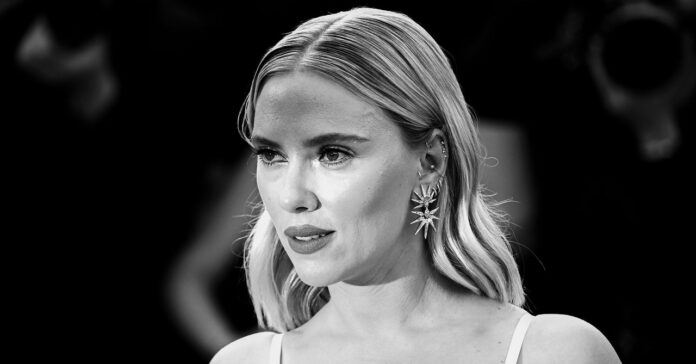In Short:
Levi Strauss & Co. faced backlash for using AI-generated models for their products, questioning the need for real diversity and representation. Lalaland.ai, the company creating these models, defends their process of creating customizable avatars for brands. The creative director explains the detailed process of research, 3D modeling, and dressing the AI models to suit clients’ needs. Despite challenges, AI can be a useful tool in the fashion industry.
Levi Strauss & Co. Partners with Lalaland.ai for Customized AI-Generated Models
Last spring, the well-known clothing brand Levi Strauss & Co. unveiled a plan to integrate “customized AI-generated models” into its online shopping platforms. These models, described as “body-inclusive avatars,” would reflect a variety of sizes, ages, and skin tones to promote diversity in Levi’s lineup through a sustainable approach. However, the concept sparked a debate among individuals who questioned the preference for virtual models over real people that align with the desired demographics. Despite initial skepticism, Levi’s later emphasized its commitment to supporting diverse creatives involved in their projects.
Lalaland.ai: Transforming the Landscape of Generated Models
Following the attention brought by the Levi Strauss & Co. partnership, Lalaland.ai emerged as a prominent player in the field, attracting interest from other major brands seeking AI-generated models. Duy Vo, the creative director at Lalaland.ai, shared insights on the meticulous process of creating these digital personas that cater to specific client preferences.
Insights into the Model Creation Process
Research: The initial phase involves thorough research to identify current fashion trends, desired aesthetics, and client preferences. Drawing from experiences as a fashion photographer, Vo collaborates with clients to refine the vision and convey it to the machine-learning team for model generation.
Model Development:
Utilizing generative AI, Lalaland.ai crafts 3D models with diverse features such as ethnicities, hair colors, and unique attributes like freckles and nail polish. Vo’s expertise guides the process, ensuring the creation of visually appealing personas that align with client specifications.
Clothing Design:
For brands designing in 3D, Lalaland.ai seamlessly integrates garment designs onto the models. In cases where brands utilize traditional methods, Lalaland.ai collaborates with partners to digitize physical garments for a digital representation.
Challenges and Successes in AI Model Creation
Vo highlights the complexity of the process, noting instances where AI-generated models showcased unusual features like multiple heads or misplaced limbs. His role involves fine-tuning the AI system to ensure the production of appealing and accurate models free from these anomalies.
In terms of compensation, roles in this field command salaries akin to tech positions in the US, ranging from $100,000 to $120,000 annually. While coding skills are not mandatory, a deep understanding of fashion, technology capabilities, and creative instincts are vital for success in this role.
The Future of AI in Fashion Imagery
While AI plays a significant role in image creation for commercial purposes, Vo emphasizes that traditional image makers still hold value in producing high-quality visuals for fashion campaigns. AI serves as a complementary tool in the creative process, enabling brands to convey their messages effectively through synthetic imagery.
— As conveyed by Amanda Hoover





